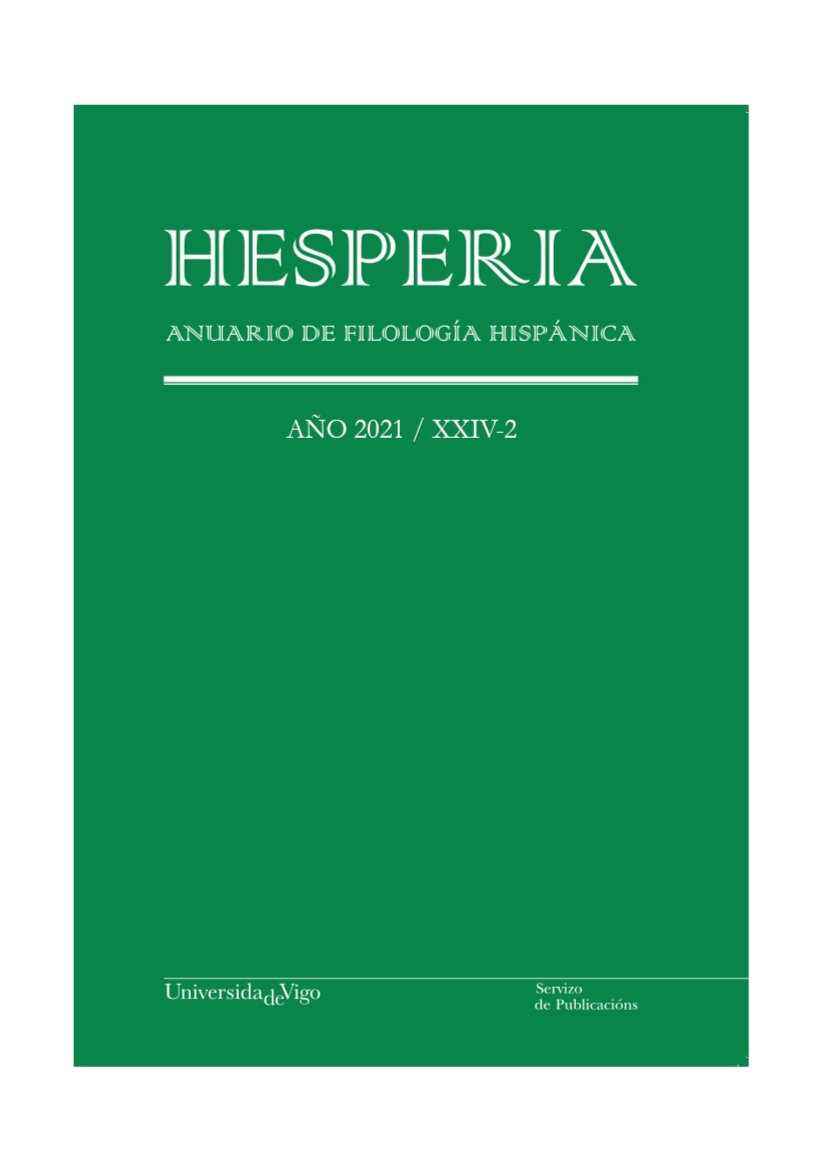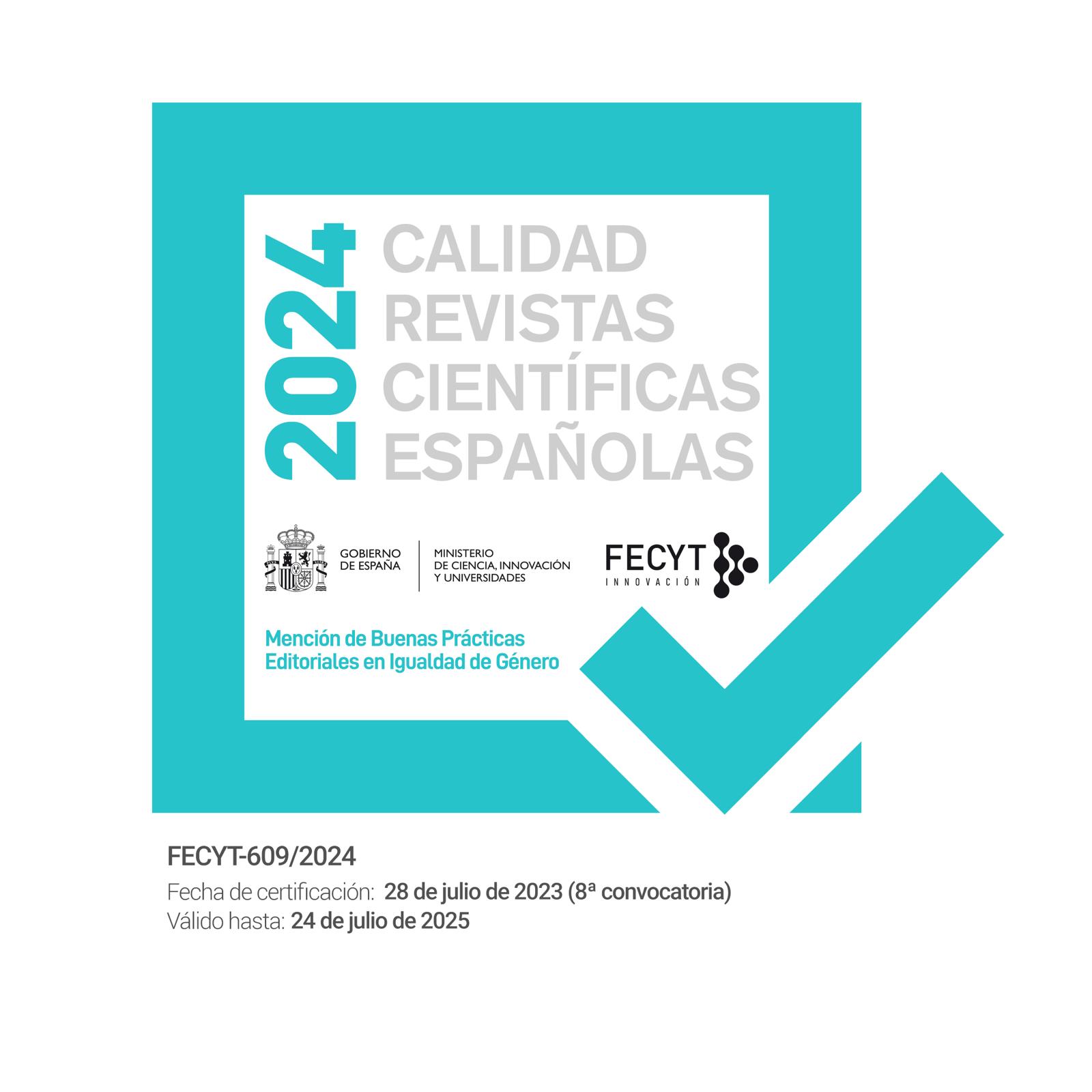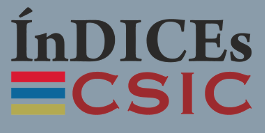Lengua, juventud y género. El lenguaje inclusivo en las redes sociales
DOI:
https://doi.org/10.35869/hafh.v24i2.4110Palabras clave:
Lenguaje inclusivo, Género, Lenguaje no binario, Juventud, Redes socialesResumen
En el contexto de estudios lingüísticos actuales resulta de especial relevancia adoptar una perspectiva de género, la cual permita analizar de forma crítica la actual visibilidad y representación de las mujeres y de las personas no binarias en los diversos discursos públicos y en las distintas situaciones comunicativas. Por este motivo, el trabajo que presentamos tiene como principal objetivo conocer la vitalidad del lenguaje inclusivo (tanto binario como no binario) en las redes sociales, de acuerdo con los usos de las chicas, chicos y chiques de habla gallega. El fin último es llevar a cabo un análisis de la representación y la visibilidad de la mujer y las personas de género no binario en el lenguaje de la juventud en relación con la comunicación a través de las redes sociales en las diversas modalidades que estas les ofrecen a quienes las utilizan.
Con esta finalidad, se compiló un corpus propio de textos extraídos de la red social Instagram entre el 1 y el 28 de febrero de 2021. Se observaron perfiles de diversas características, tanto según la orientación sexual como la identidad de género, para analizar las cuestiones morfológicas en relación con el uso del masculino genérico, así como con la presencia de lenguaje inclusivo directo e indirecto. De acuerdo con las posibilidades comunicativas que ofrece la red social anteriormente mencionada, se tomaron muestras tanto de las publicaciones permanentes, conocidas como feed, como de las temporales, denominadas stories.
Una vez realizado el análisis, los resultados indican que la presencia del masculino genérico persiste en una parte de la juventud como forma hegemónica para referirse a grupos heterogéneos, aunque sí se registra una cierta predisposición a la inclusividad y a la innovación lingüística principalmente en grupos LGTBI binarios y entre personas no binarias. Sin embargo, incluso en estos dos últimos grupos, el corpus analizado muestra cierta irregularidad en la aplicación de los recursos del lenguaje inclusivo, lo que pone de manifiesto la fase incipiente de implantación en la que se encuentra dicha modalidad comunicativa.















